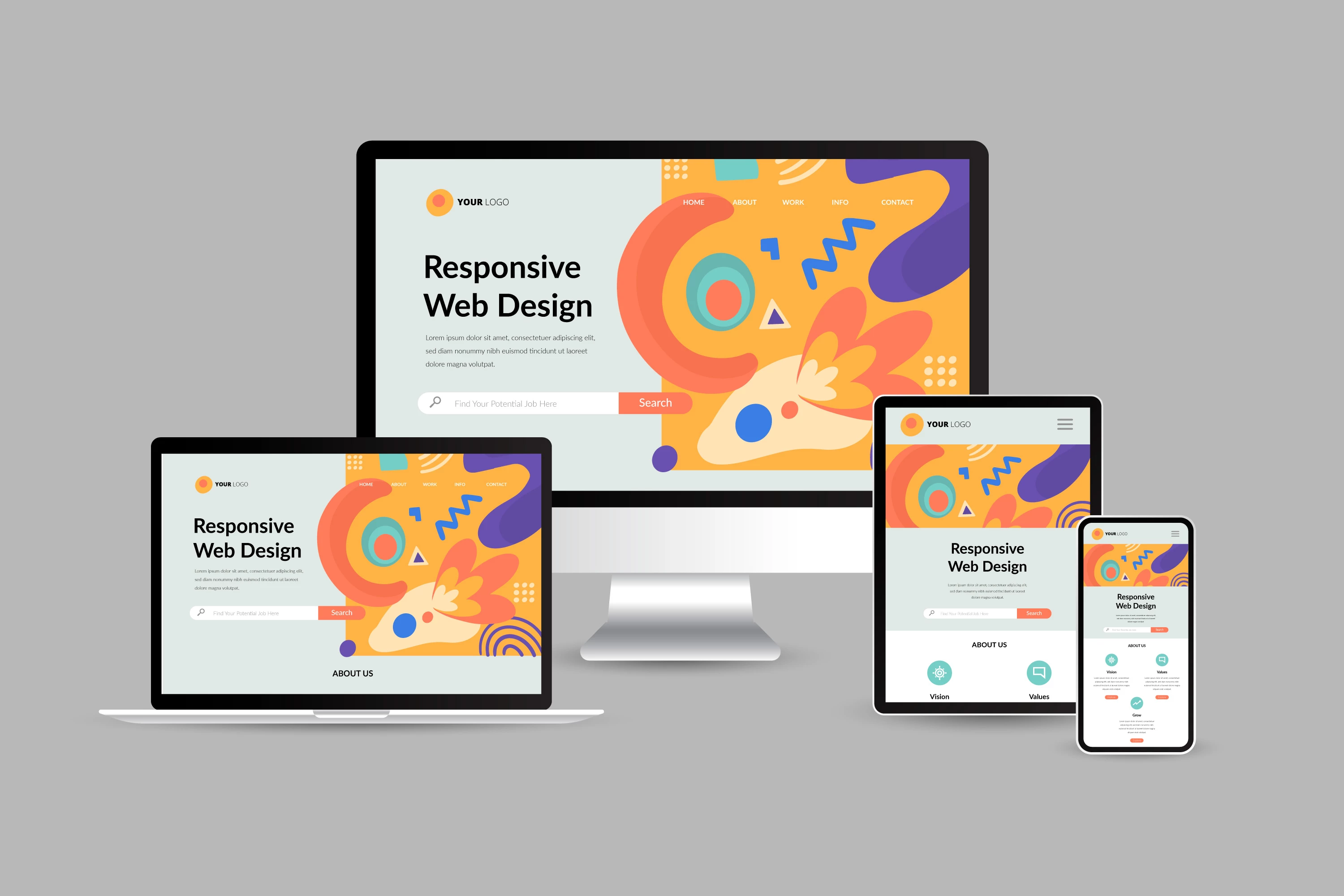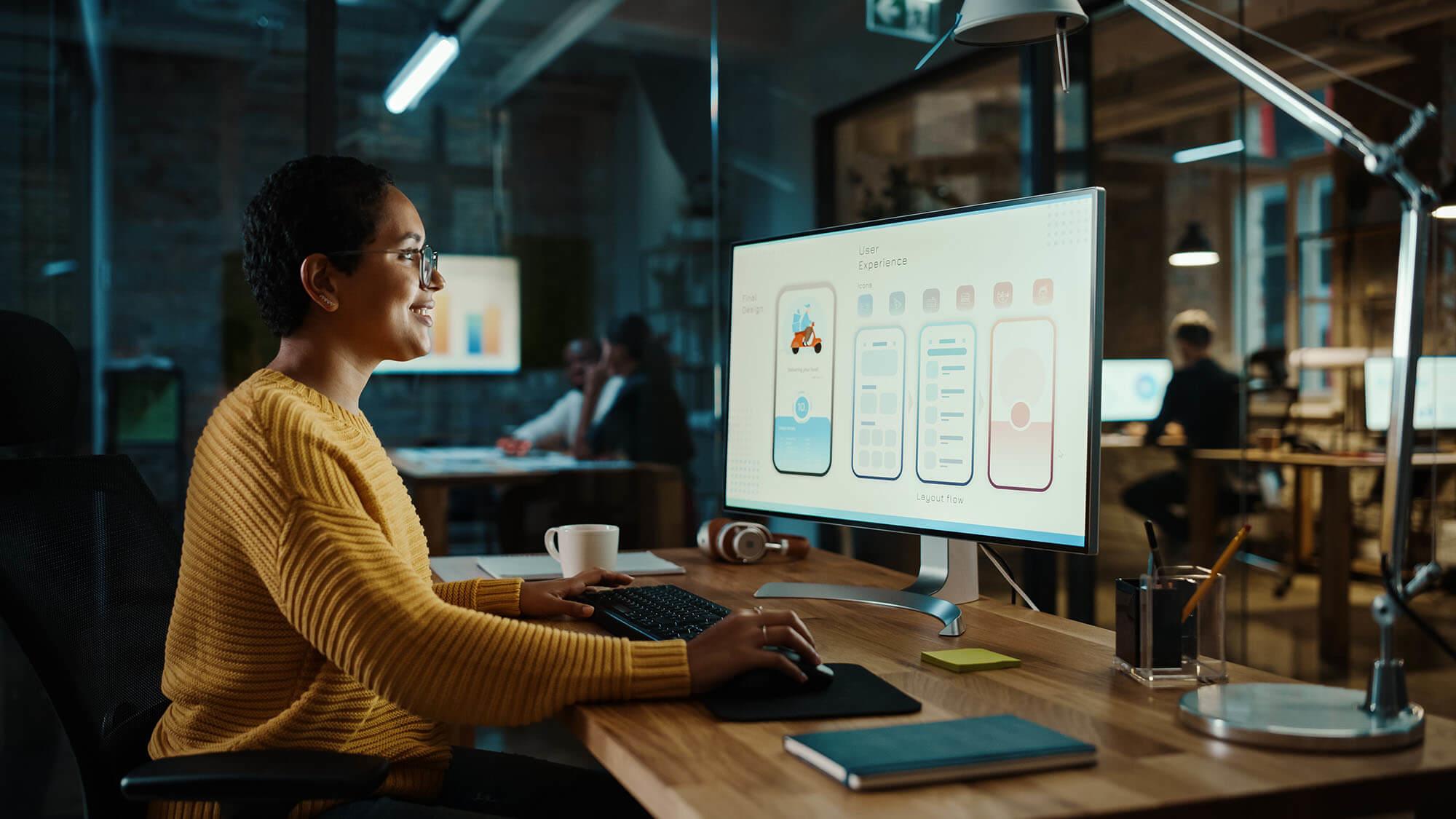The Ideal Types of Website Design to Boost User Experience and Interaction
In the ever-evolving landscape of electronic communication, the performance of Web layout significantly impacts user experience and engagement. Various layout approaches, such as minimal, receptive, and interactive formats, each deal special benefits that can cater to diverse customer needs.
Minimal Web Style
As electronic landscapes end up being progressively cluttered, minimal website design has arised as an effective method to enhancing user experience. This style approach prioritizes simplicity, concentrating on crucial components while getting rid of unnecessary interruptions. By utilizing enough white room, simple navigation, and a minimal shade palette, minimal layout promotes clarity and directs individual attention to crucial content.
The core concept of minimal website design is to produce a seamless communication for users. By minimizing cognitive tons, users can promptly understand details without really feeling overwhelmed. This straight strategy not just enhances functionality but also urges involvement, as site visitors are more most likely to check out a site that is aesthetically enticing and simple to browse.
Additionally, minimal design commonly emphasizes typography and images, utilizing these aspects strategically to communicate messages properly. This focus on crucial elements can boost brand identity and create a remarkable user experience. In essence, minimal website design is not simply a trend; it is a thoughtful method that identifies the significance of user-centered style. By removing away additional elements, designers can produce a more appealing, effective, and pleasurable Web experience for all users.
Receptive Website Design
In today's varied electronic setting, receptive Web style has actually come to be crucial for producing a seamless individual experience throughout a wide variety of gadgets. As individuals gain access to web sites on smart devices, laptop computers, tablet computers, and desktop computers, the capacity of an internet site to adjust its design and material to different display dimensions and resolutions is vital.
Receptive website design uses adaptable grids, pictures, and CSS media queries to ensure that Web content is presented optimally, despite the tool used. This method not just boosts the visual appeal of an internet site yet likewise considerably boosts functionality. Users are more most likely to engage with a website that uses a consistent experience, as it removes the stress of having to focus or scroll excessively.
Moreover, internet search engine, consisting of Google, prioritize mobile-friendly web sites in search rankings. By taking on responsive layout, companies can boost their exposure and get to a broader target market. This approach likewise streamlines site upkeep, as a single variation of the website can satisfy all tools, decreasing the demand for multiple variations. In recap, responsive Web design is an essential technique that enhances individual experience, engagement, and general satisfaction.
Interactive Website Design
Receptive website design prepares for enhancing customer experience, but interactive Web style takes this a step additionally by involving individuals in an extra dynamic method - Aligned Position Web Design. By integrating elements such as animations, clickable prototypes, and real-time responses, interactive Web layout captivates individuals, drawing them into a richer surfing experience
This approach Look At This not only promotes involvement but additionally encourages users to explore material actively instead of passively eating it. Methods such as gamification, where customers gain rewards for finishing tasks, can dramatically enhance the time invested in a website and enhance total satisfaction. Interactive functions can streamline intricate info, making it extra pleasurable and digestible.
.png)
Incorporating interactive design aspects can additionally bring about higher check my source conversion prices, as customers are more probable to engage with a site that actively involves them. Aligned Position Web Design. Eventually, interactive website design transforms user experiences right into memorable trips, guaranteeing that visitors return time and once more
Flat Layout
Defined by its minimalistic strategy, level visit homepage layout emphasizes simpleness and performance, removing unnecessary components and concentrating on crucial attributes. This style ideology focuses on usability, making sure that individuals can browse user interfaces with convenience and performance. By employing a clean aesthetic, level layout eliminates the mess typically discovered in extra ornate designs, consequently boosting user emphasis on material and capability.
The characteristic of flat layout depends on its usage of bold shades, basic typography, and geometric forms. These aspects contribute to an aesthetically attractive interface that is both contemporary and approachable. Additionally, flat style fosters a feeling of clarity, permitting users to recognize important actions and information without interruption.
Moreover, level layout is specifically effective in receptive Web layout, as its simplicity converts well throughout various gadgets and screen sizes. By concentrating on essential attributes, level style not only meets user requirements however also motivates smooth communication, making it an important element of reliable Web layout strategies.
Adaptive Website Design
Flexible website design tailors the customer experience by developing several repaired formats tailored to different screen sizes and devices. Unlike responsive style, which fluidly readjusts a solitary layout, adaptive layout uses distinctive formats for details breakpoints, making sure optimum presentation on numerous systems. This technique allows developers to concentrate on the one-of-a-kind attributes of each gadget, improving usability by providing precisely what individuals need based upon their context.
One of the key advantages of adaptive Web design is its capacity to enhance tons times and efficiency. By offering customized material and pictures that fit the customer's device, websites can minimize information use and boost loading speeds. This is particularly valuable for users with slower links or minimal data strategies.

In addition, adaptive design helps with a much more constant and controlled branding experience. Since developers develop several designs, they can ensure that the aesthetic components align with the brand's identification throughout different systems - Aligned Position Web Design. This causes a cohesive customer experience, improving interaction and advertising individual retention
Verdict
Minimal style promotes clearness and focus, while responsive design makes sure flexibility throughout numerous tools, advertising access. Collectively, these layout approaches add to the creation of straightforward environments that not only enhance satisfaction yet also drive greater conversion prices, underscoring their crucial importance in contemporary Web style strategies.

Minimalist style promotes quality and focus, while responsive design guarantees adaptability across numerous gadgets, promoting ease of access. Collectively, these layout approaches add to the creation of easy to use environments that not only improve fulfillment yet also drive higher conversion rates, underscoring their important value in modern Web layout techniques.